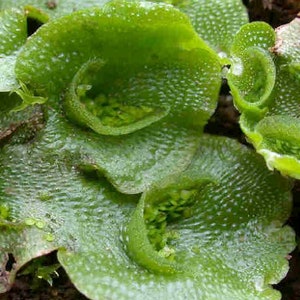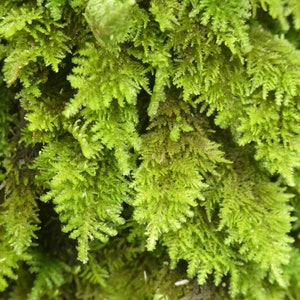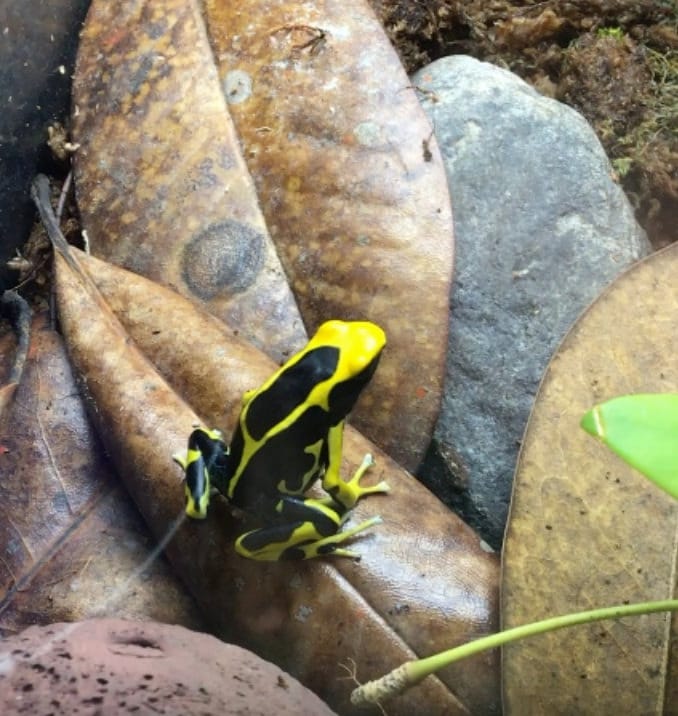

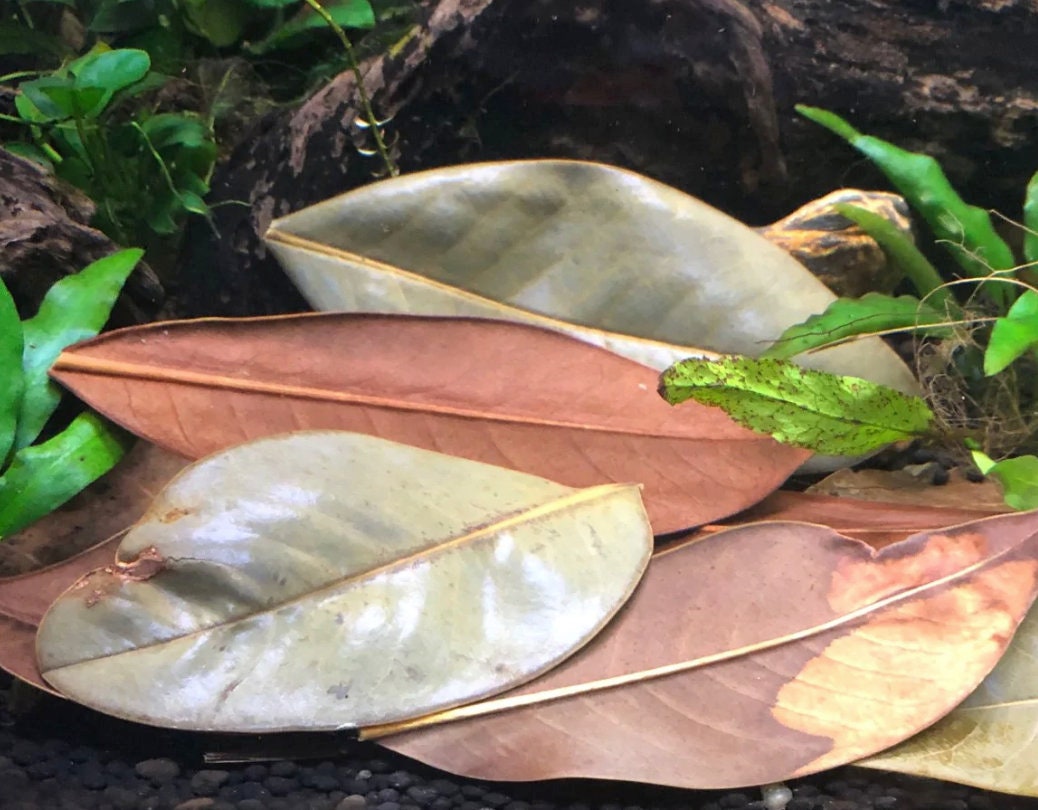

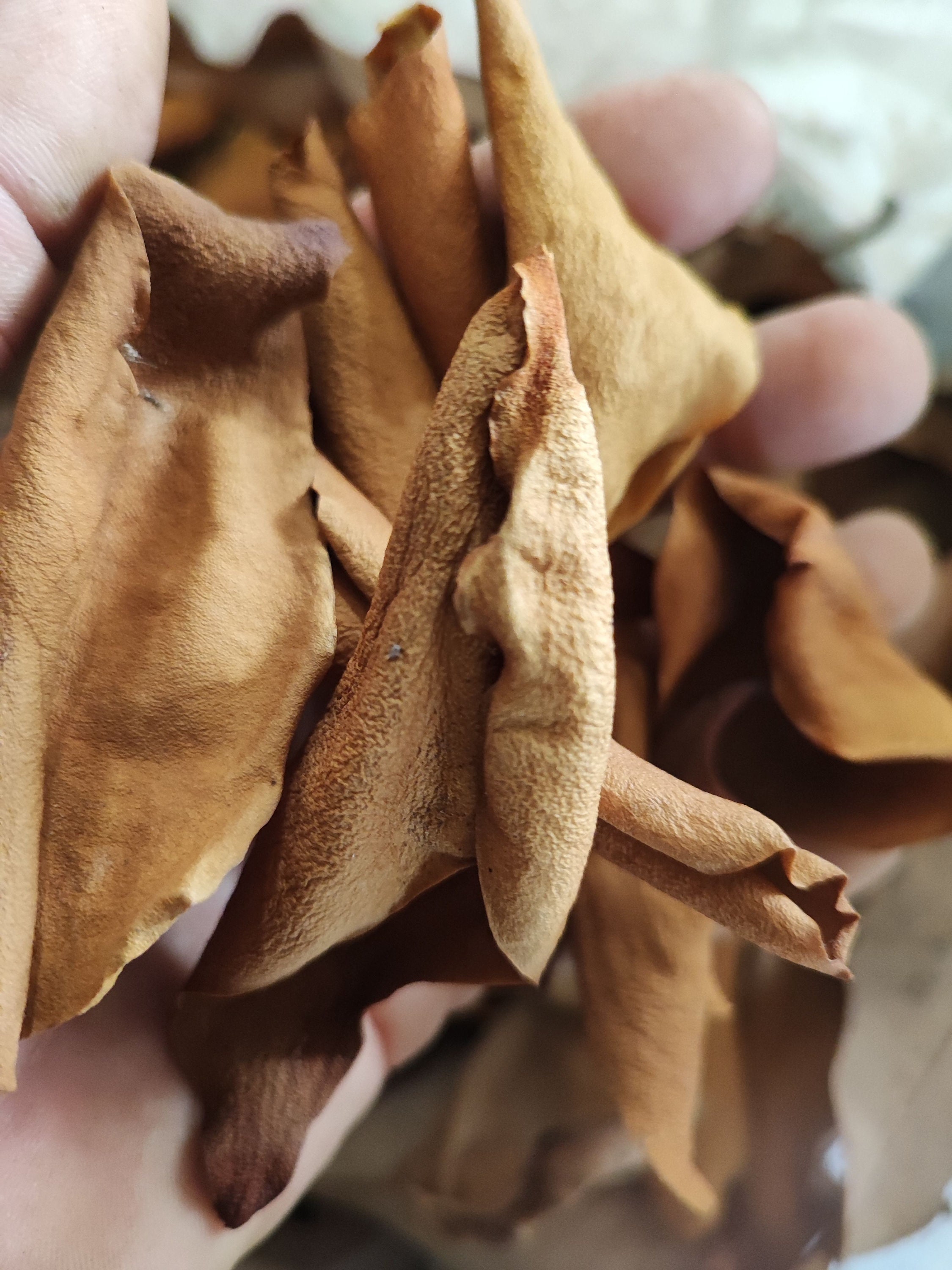
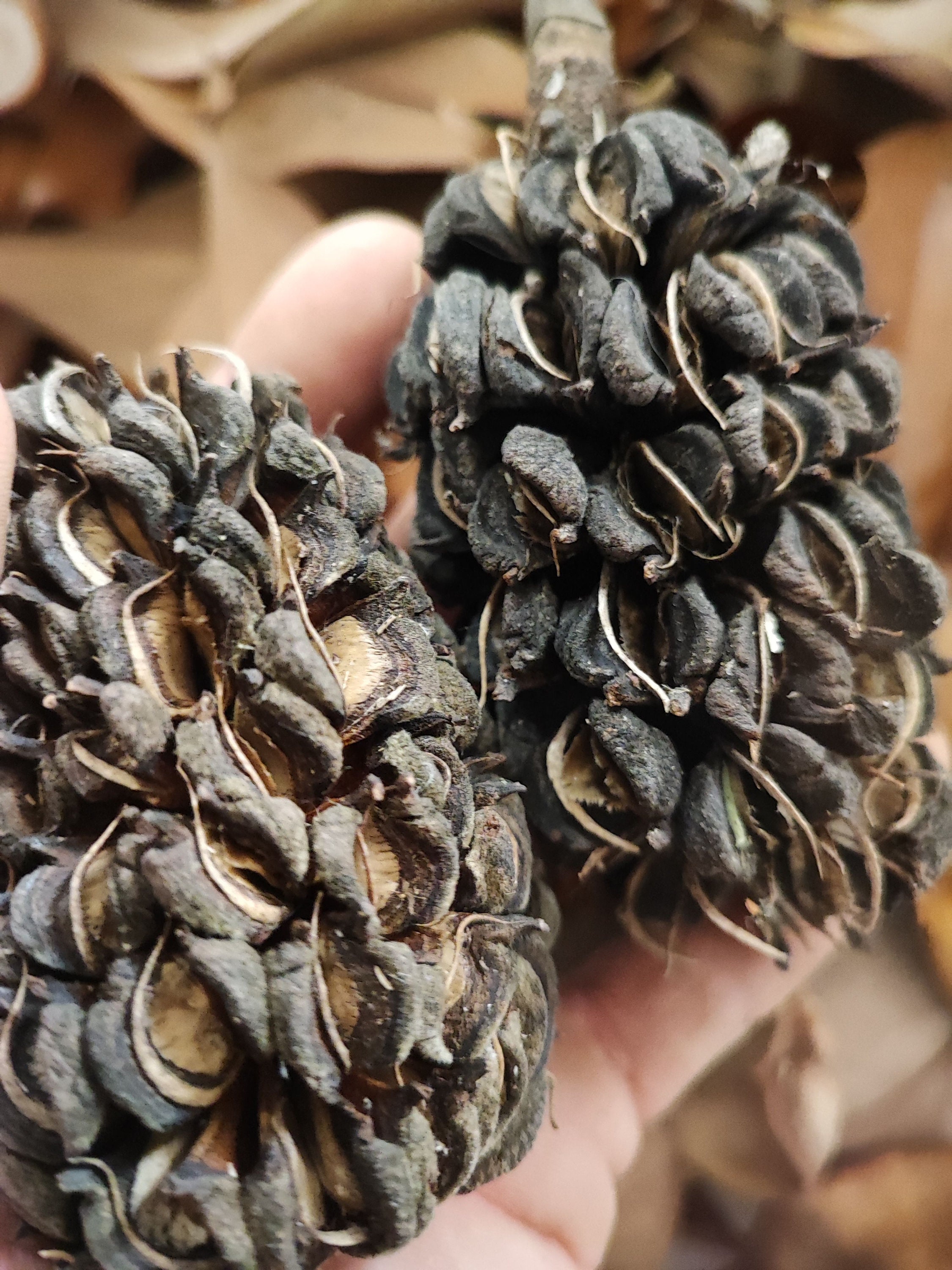
Terrarium Vivarium
Leaf litter Galapagos Magnolia Leaves, seed pod, dry flower petals for Terrariums, vivariums, Blackwater Aquariums, isopod breeding,
$0.58
-
DetailsStunning Magnolia leaves, seeds pods and dried flower petals, give a long lasting tropical feel to your terrarium. Each leaf, petal, and seed pod has been chose for you because of its beauy, shape, texture, and colour.
We ship with DHL Express for international shipping, which is extremely fast arriving in a few days! so your plants arrive in perfect condition :) Our flat rate for express shipping is 22 euros, so we encourage you to buy a selection of our products (plants, moss, substrates) as we do free shipping worldwide after 100 euros of items are bought with coupon FREESHIPPING100.
Magnolia trees produce some of the largest, most distinctive, leaves used in the vivarium hobby. They are durable and provide a number of benefits to the enclosure.
Making a bioactive terrarium? We also sell clean-up crews of arthropods (springtails), crustaceans (isopods), and Oniscomorpha (Pill millipedes). These unique living organisms will help establish a healthy relationship between the soil, plant roots and biodegradables inside the enclosure to thrive. If you interested in learning more please message/contact us or go to moss-wholesale.com
Free international tracked shipping from 100 euros of items bought with coupon FREESHIPPING100
If you are experiencing any problems during payment please contact me and we can sort it out, or we have another sitethrough which you can purchase these and more!
Color: Brown, Tan, Orange
PH Impact: Acidic
They are great for use as decoration as well as a source of nutrients for plants and animals.
Magnolia leaves have a distinctive "exotic-looking"- perfect for our uses!
They will darken over time after submersion if added to Blackwater tanks, adding to their uniqueness.
Magnolia Grandiflora trees have the unique ability to naturally produce pest-repellent chemicals on their leaves.
The compound known as coumarins and sesquiterpene lactones are antimicrobial substances secreted from the tree to prevent insects from nesting and/or on the plant’s foliage.
This chemical gradually wears down once leaves have fallen from the tree. Furthermore, there aren’t any known instances of this compound being toxic to animals or having a negative impact on the enclosure.
In addition, they are heavier leaves as well due to the thick wax-like coating that covers the leaves called a cuticle.
For those wondering, this chemical is a hydroxy fatty acid that protects the leaf from salt and other types of pollutants found in nature.
The type genus of the family Magnoliaceae, this large and varied genus consists of around 100 species of deciduous and evergreen trees as well as countless cultivars, and occurs naturally throughout Asia and North America.
They are renowned for their large simple leaves and attractive flowers, which are often borne on bare branches before the foliage appears. A number of species are fragrant, perhaps none more so than the famous southern magnolia (Magnolia grandiflora).
These trees are fast growing and rather resilient, but they need to be planted in a sheltered spot as wind and frost can damage the beautiful blooms. The genus name honours the French botanist Pierre Magnol
Magnolia leaves can have a number of effects on the enclosure they are placed within.
They release tannins, which many cases, will lead to a slight color change of water if the vivarium has aquatic features.
In addition, these tannins can also have an effect on lowering PH levels and water hardness.
As the Magnolia leaf litter breaks down, they provide nutrients to plants, animals, and microfauna living near them.
As far as tannins in the leaves, these leaves seem to contain quite a good quantity of them, and you will get a good, golden-brown tint with several leaves in a relatively modest-sized aquarium.
Our Magnolia leaves are 100% locally sourced, natural, untreated and gently dried in the air.
Magnolia leaves can be added directly into the aquarium or terrarium after a short boil and little "steep / soak".
It does not take too long until the shrimp and crayfish, isopods, snails, and insects "pounce on the leaves!" followed by your frogs, lizards, and other beloved pets.
Magnolia leaves are great for both aquariums as well as terrariums.
This versatile botanical will provide hiding spaces for microorganisms to find refuge in as well as food.
Use this leaf litter risk-free in any type of vivarium that doesn’t require water hardness to be above 7.
Here is a recommended list of vivarium types Magnolia Grandiflora is commonly used in:
Paludariums – Half aquatic/ half terrain-based enclosure.
Ripariums – Mostly aquatic-based enclosures with some terrain features present.
Terrariums – Fully terrain-based enclosures with little to no aquatic features.
Aquariums – Fully aquatic-based enclosure with no terrain features.
Advantages:
The pros easily outweigh the cons when it comes to using Magnolia leaves in a vivarium. The leaves thickness makes them one of the slowest to decompose. This will assure longevity in vivariums and make this specific species one of the best to use within the hobby.
The biofilm produced as this leaf breaks down provides nutrients and feeding material for plants, animals, and microfauna. In addition to being a great looking botanical to use as an overlay to the substrate, Magnolia leaves help to maintain humidity as well as create hiding grounds for small inhabitants.
Disadvantages;
There aren’t too many negatives when it comes to using Magnolia leaf litter. As long as it’s being used exclusively for freshwater setups, there isn’t much to generally worry about.
Leaching tannins can be a problem if your intent isn’t to have a blackwater setup. I’d recommend presoaking or using the leaves sparingly if you don’t want the water in aquariums to change color.
In addition, another concern to be cautious about is the overall size of these leaves. Magnolia Grandiflora trees produce leaves that can be as large as nine inches in length.
This will make it difficult to construct a realistic look in smaller tanks. The only two options here will be to break the leaves into smaller parts or use a different leaf litter species entirely.
Magnolia Leaf Preparation & Usage:
Preparing Magnolia leaves for a vivarium should be looked at as a necessity. It isn’t difficult to establish leaf litter that is both safe to use and functions the way it is intended. Properly harvested leaves shouldn’t need much more than a soak before use. Either way, be sure to always inspect new leaves for pests or signs of disease.
Sterilizing Magnolia Leaves:
Sterilizing Magnolia leaf litter will assure the leaves are safe and help dilute tannins that will cause water to change. When it comes to cleaning Magnolia leaves, no harsh chemicals or products should be used. Simply add the leaves to a pot of boiling water and let sit for a couple of minutes.
Afterward, move the leaves over to a pot with cold water and let them sit for half an hour. Furthermore, the leaves can be placed in the oven to bake as an alternative to boiling. Bake no more than 250 degrees for about 10 minutes to presoaked leaves to avoid burning.
Sinking Magnolia Leaves:
Sinking Magnolia leaves are relatively easy to do. If you don’t mind them initially floating in your aquarium at first, then all it will take is patience. As the leaves become saturated in water, they will slowly sink down to the bottom.
Additional weights from small rocks can help keep them anchored until all the air has left the leaf. In addition, the presoaking technique used to sterilize the leaves will help make them sink right away as well.
Origin: Cebazan south France
Pest and pollution free and are organically sourced.
Intended for ornamental aquarium or terrarium use only.
Please use common sense and take the time to boil or soak all botanicals prior to using them, to reduce the possibility of problems.
Always go slow when introducing any botanicals into your systems, so you can judge the effect they have on your fishes and plants.
They are not intended for human consumption. DO NOT INGEST! -
Shipping & Policies
Shipping from France
Processing time
1-3 business days
Customs and import taxes
Buyers are responsible for any customs and import taxes that may apply. I'm not responsible for delays due to customs.
Payment Options
Returns & Exchanges
I gladly accept returns, exchanges, and cancellations
Just contact me within: 14 days of delivery
Ship items back to me within: 30 days of delivery
- Custom or personalized orders
- Perishable products (like food or flowers)
- Digital downloads
- Intimate items (for health/hygiene reasons)
- Items on sale
Conditions of return
Buyers are responsible for return shipping costs. If the item is not returned in its original condition, the buyer is responsible for any loss in value.
Questions about your order?
Please contact me if you have any problems with your order.
